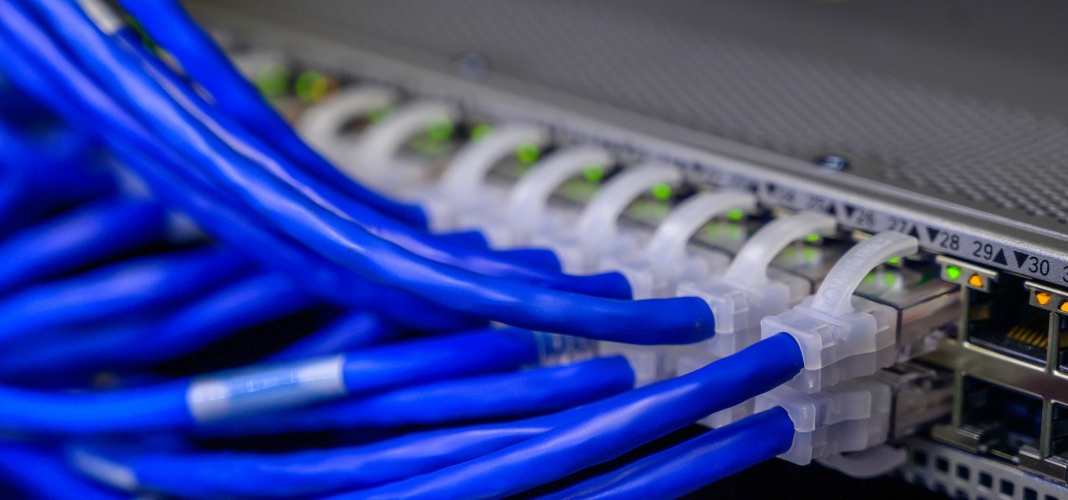As the world shifts towards a digital-first policy, maintaining strong cyber hygiene is no longer optional—it’s essential. IT administrators are on the front lines of defending networks, systems, and data from ever-growing cyber threats.
How can you, as an IT admin, secure your firm?
Also Read: Cyber Hygiene: Simple Steps to Stay Protected
Follow these 6 cyber hygiene habits to up your IT admin game.
With these best practices, you can reduce vulnerabilities and prevent costly breaches.
1. Regularly Update and Patch Systems
Keeping software, operating systems, and applications up to date is foundational to good cyber hygiene. Unpatched systems are prime targets for cybercriminals who exploit known vulnerabilities. IT admins should implement automated patch management solutions and routinely check for updates across all endpoints and servers.
2. Enforce Strong Password Policies
Weak or reused passwords are a common entry point for attackers. IT admins must enforce organization-wide password policies requiring complexity, length, and regular changes. Incorporating multi-factor authentication (MFA) adds an extra layer of defense, reinforcing overall cyber hygiene.
3. Monitor Network Activity Continuously
Proactive monitoring is critical to identifying unusual behavior that could indicate a security incident. Using tools like intrusion detection systems (IDS) and security information and event management (SIEM), IT admins can maintain real-time visibility. Monitoring not only enhances cyber hygiene but also speeds up response time during incidents.
4. Conduct Routine Backups
Data loss—whether due to ransomware, hardware failure, or human error—can be devastating. A strong backup strategy is a pillar of good cyber hygiene. IT admins should ensure backups are automated, tested regularly, and stored securely offsite or in the cloud for redundancy.
5. Limit User Privileges
Not every employee needs access to every system. Implementing the principle of least privilege minimizes risk if a user account is compromised. Regularly auditing access rights helps maintain a lean, secure system architecture—key to strong cyber hygiene.
6. Educate and Train Employees
Employees are often the weakest link in cybersecurity. Regular training on phishing awareness, safe browsing, and data handling can drastically improve your organization’s human firewall. IT admins should take the lead in fostering a culture of cyber hygiene through consistent and engaging security awareness programs.
Conclusion
Adopting these 6 cyber hygiene habits can significantly reduce an organization’s attack surface. For IT admins, maintaining security is an ongoing process that demands vigilance, proactive strategies, and continual learning. Prioritizing cyber hygiene today means fewer emergencies tomorrow.


